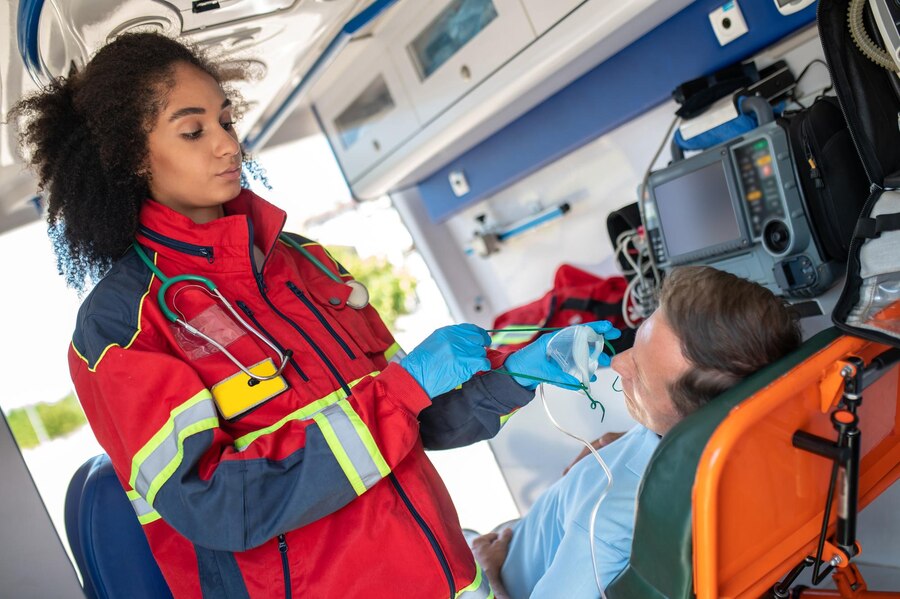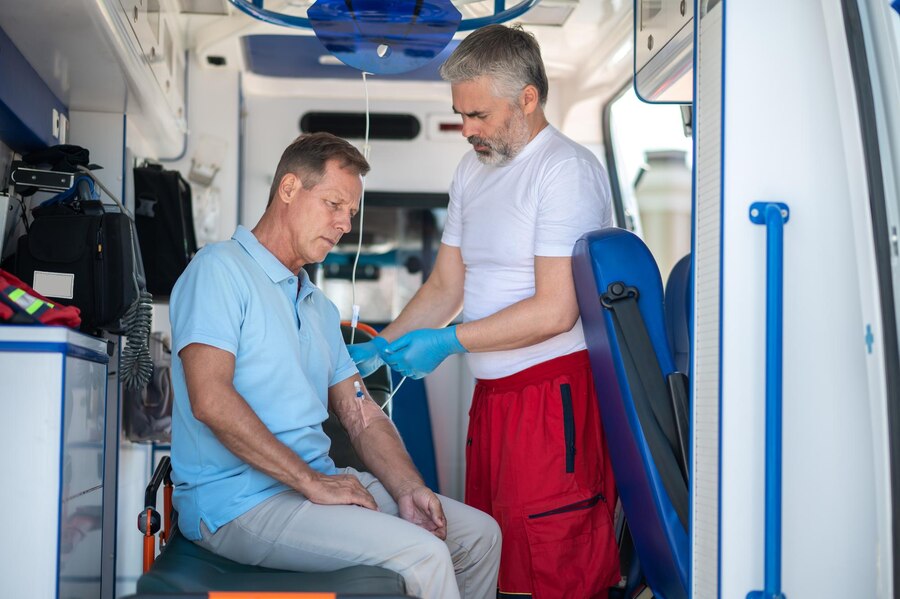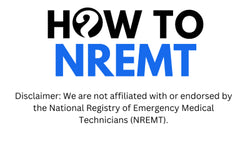Pursuing Your Career As an EMT in New Hampshire? Here’s Your Guide!
Pursuing a career as an EMT in New Hampshire involves entering a position where each choice counts. It’s a profession grounded in rapid decision-making, composed actions, and the capability to maintain composure when chaos ensues. Whether you’re 18 and embarking on your journey or transitioning from a different profession after several years, this pathway transforms lives.
However, you need to pass the NREMT cognitive exam along with a state-approved training program and meet other eligibility criteria. While completing a training course and meeting the basics isn’t that complex, the cognitive exam is where many get stuck. It’s not about memorizing facts; it’s about applying clinical judgment under pressure.
That’s why How To NREMT exists to help you get it right the first time.
Step 01
Step-by-Step: EMT Certification in New Hampshire
All EMT licensing in New Hampshire is overseen by the Division of Fire Standards and Training & Emergency Medical Services (FSTEMS).
Here’s how to get certified:
Meet the Basic Eligibility Criteria
- You must be at least 18 years old.
- You need a high school diploma or GED.
- You must have a valid CPR certification (BLS for Healthcare Providers).
- You must comply with immunization and TB test requirements.
- You must pass the background and criminal history check.
Step 02

Complete a State-Approved EMT Training Program
Candidates must enroll in and complete a New Hampshire-approvedEMT training program. These programs are available at local community colleges, training centers, and some fire departments. The course director verifies training completion with the National Registry, making you eligible for the NREMT cognitive exam.
Step 03
Pass the NREMT Cognitive Exam
The NREMT cognitive exam is a nationwide requirement. It’s not just a test of what you know; it’s about how you think. Expect between 70 to 120 questions, delivered through computer-adaptive testing. Questions get harder (or easier) based on how you're doing.
You’ll be tested in five domains:
- Scene Size-Up and Safety
- Primary Assessment
- Secondary Assessment
- Patient Treatment and Transport
- Operations
Note: Items related to pediatric patient care are integrated throughout all domains.
Tip: The best way to study for NREMT is not just to review notes, but to practice thinking like a medic. That’s why NREMT practice exams and clinical judgment prep matter more than flashcards.
Step 04

Apply for New Hampshire State EMT Certification
Once you’ve passed the exam, you can:
- Submit your application to FSTEMS
- Include proof of training, CPR certification, and NREMT cognitive exam results
- Complete a background check
- Provide immunization records
Once approved, you’ll receive your New Hampshire EMT license.
Step 05

Maintain Your Certification
EMT licenses in New Hampshire are valid for two years.
To renew:
- Keep your NREMT certification active
- Complete the required continuing education (often 40 hours for EMTs)
- Stay current on CPR certification
New Hampshire requires ongoing compliance, so don’t let your license lapse.
Step 06

Maintain Your Certification
Nebraska EMT licenses are valid for two years.
To renew, you’ll need to complete continuing education hours. You can either maintain your NREMT certification or follow Nebraska’s CE guidelines. Either way, staying sharp is mandatory.
NREMT vs. New Hampshire State Certification
Here’s a quick comparison of what’s required at the national (NREMT) level and for state (New Hampshire) licensure:
| Requirement | National Level | State Level |
|---|---|---|
| NREMT cognitive exam | Required | Required |
| ALS psychomotor skills test | Discontinued | Required |
| CPR certification | Required | Required |
| State-approved EMT program | Required | Required |
| Background check | Not required | Required |
| State Application | Not required | Required |
Note: The ALS psychomotor skills tests are no longer required by the National Registry and are only a state-level requirement.

- Choosing a selection results in a full page refresh.



